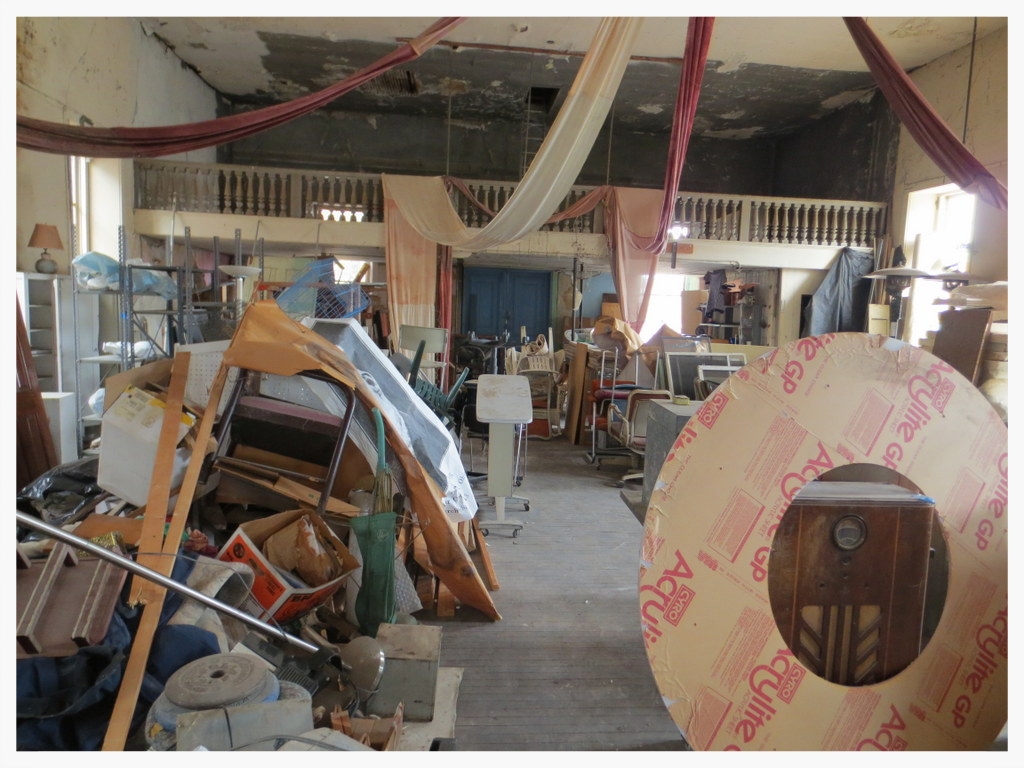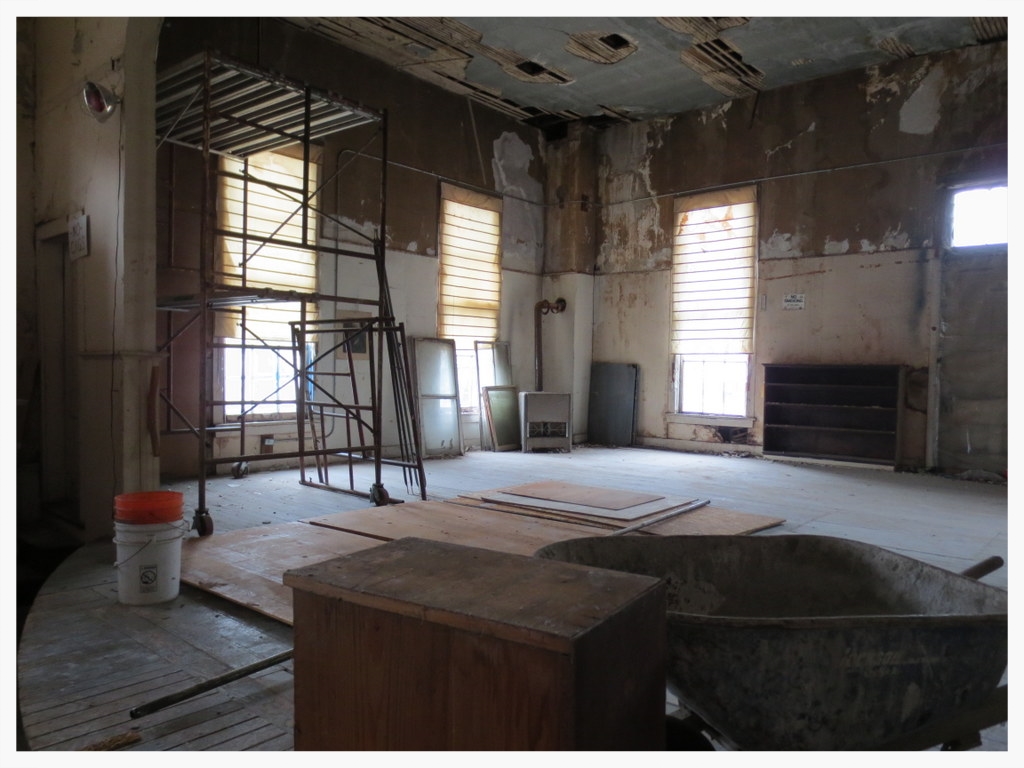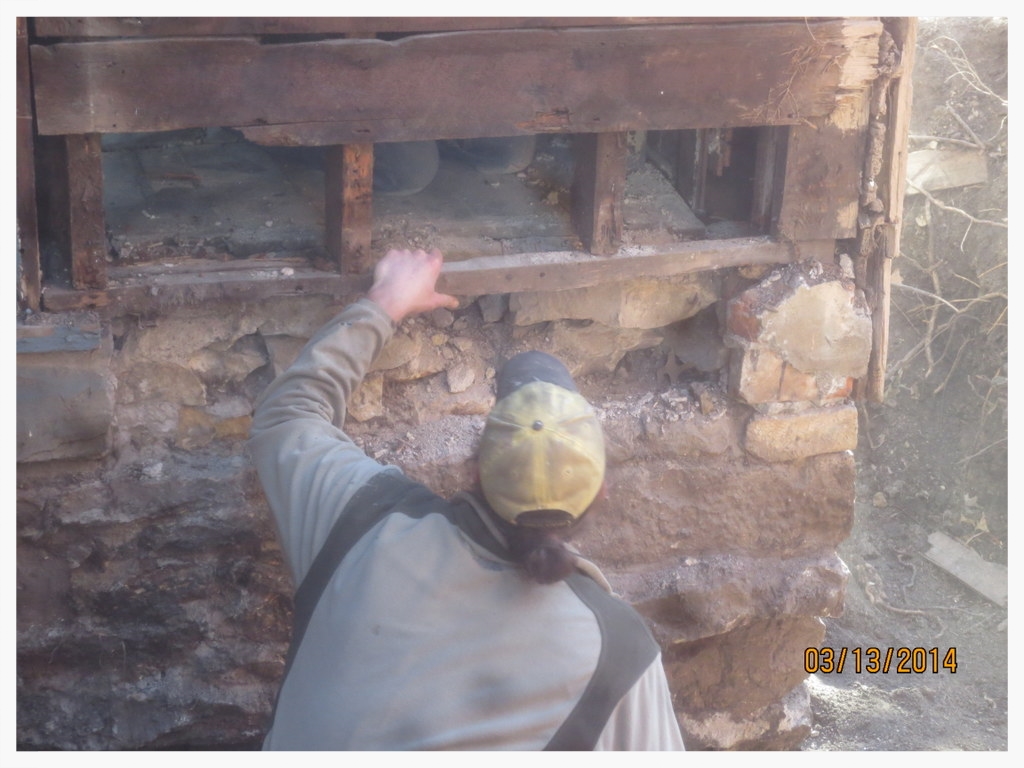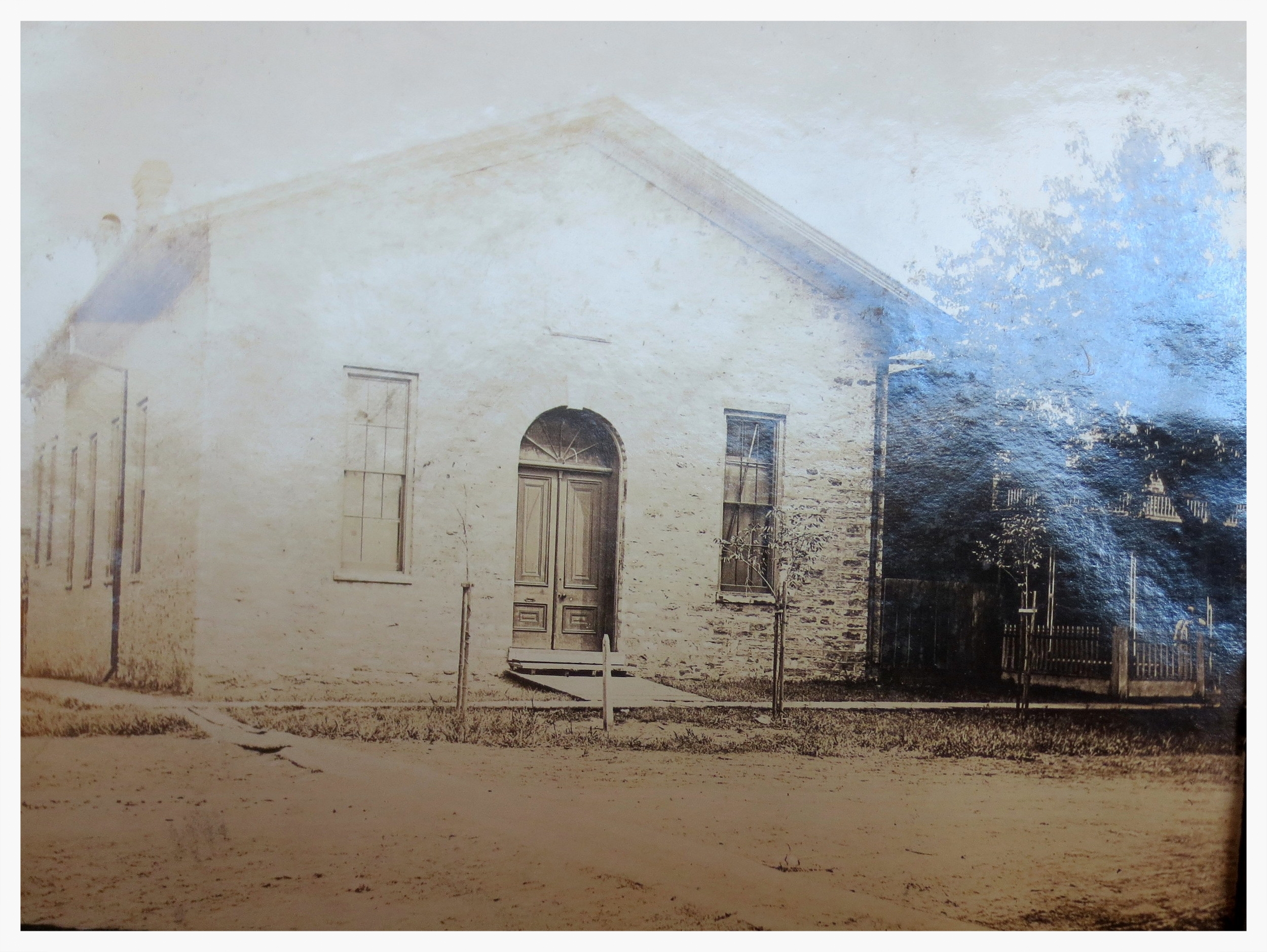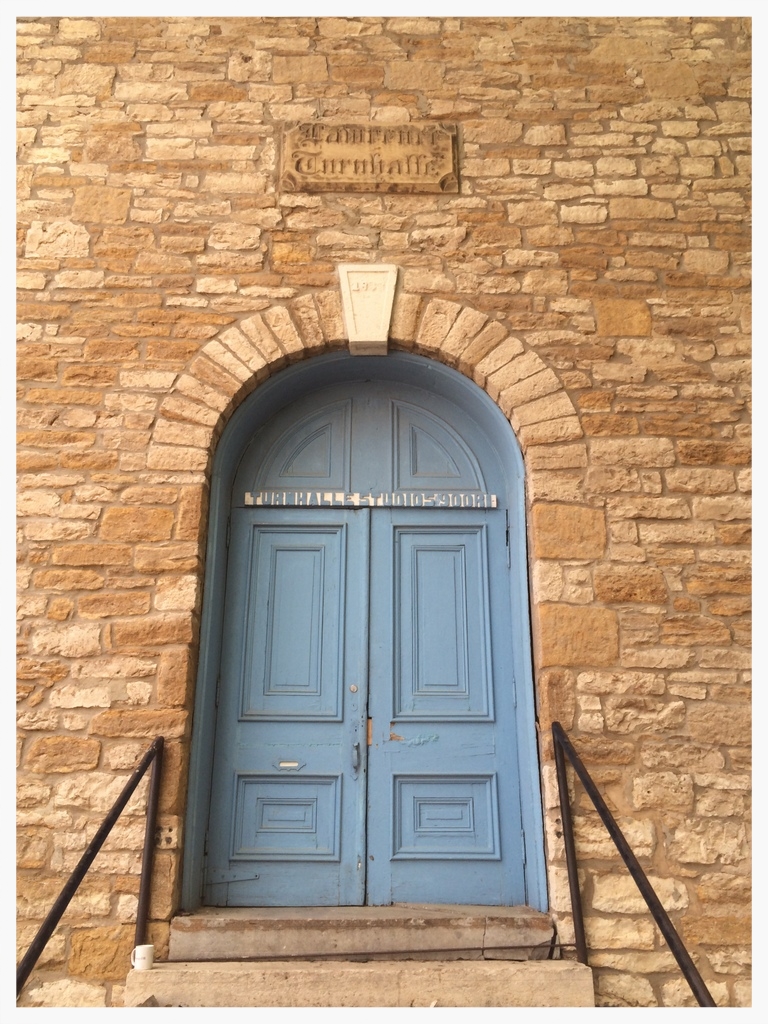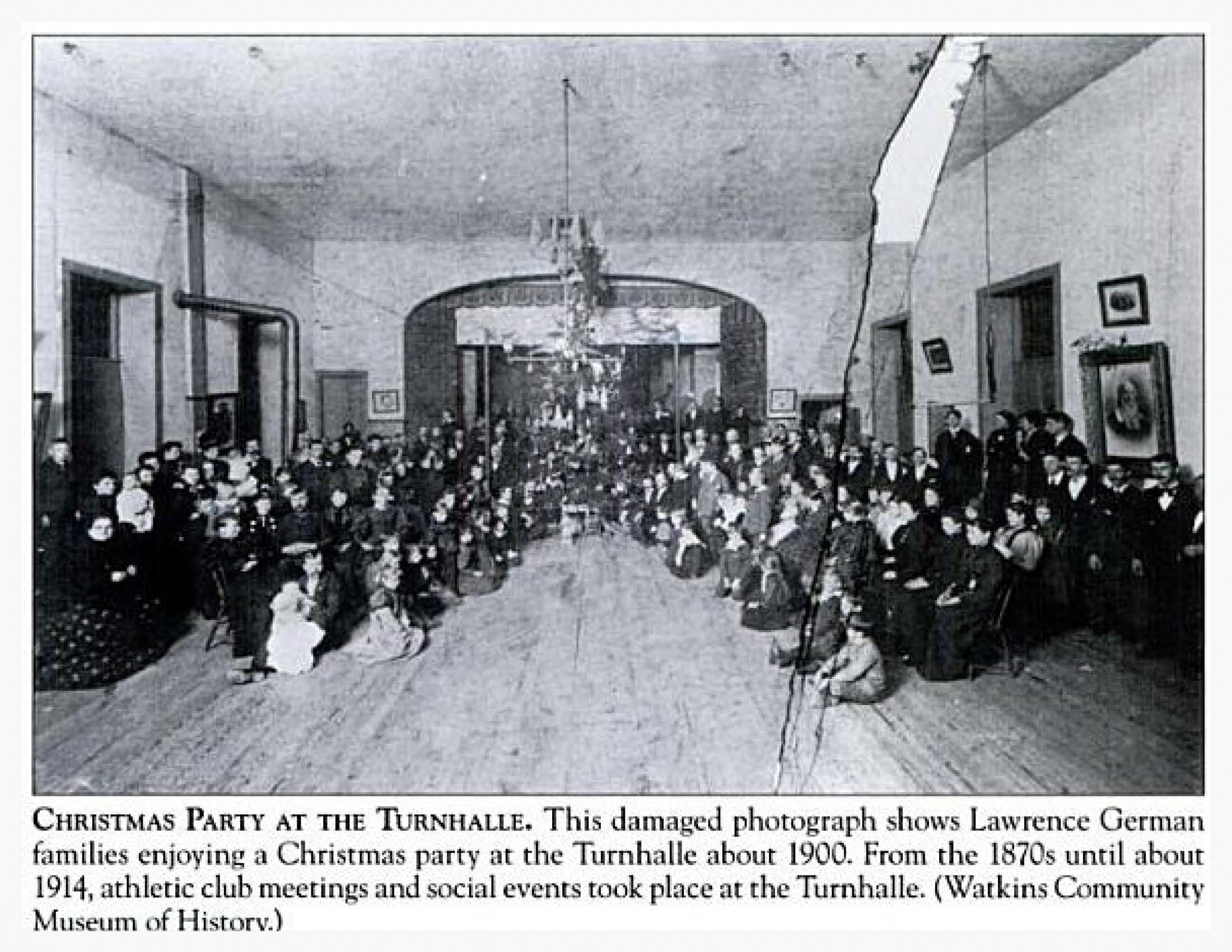The Turnhalle
/The Turnhalle Today, 900 Rhode Island Street
In September 2012, the Lawrence Preservation Alliance purchased the Turnhalle (pronounced ‘Turnhalluh’) building at 900 Rhode Island Street with the idea that LPA would serve as an interim owner that could halt the building’s deterioration, which had reached dangerous levels. Over the course of the next two years, LPA worked tirelessly to stabilize the structure, prepare a plan for the building’s rehabilitation, provide protection for the property in the future, and find an experienced buyer who could complete the rehab. On December 2, 2014, LPA closed the sale of the Turnhalle to Flint Hills Holding Group LLC (Tony Krsnich, principal). Mr. Krsnich has rehabilitated the Poehler Building and the Cider Gallery in Lawrence, as well as larger projects elsewhere, and he has extensive experience in utilizing federal and state historic tax credits to help breathe new life into historic structures.
History
Built in 1869, the Turnhalle served as the center of German-American life in Lawrence until the outbreak of World War I. It was here that Lawrence’s German immigrants gathered for community events, socialized in the beer garden, and utilized the building’s physical fitness center. As the home of the Lawrence chapter of Turnverein, a German club that emphasized gymnastics, the building was outfitted with gymnastics equipment. Many of those that frequented the Turnhalle, including community leaders and prominent business owners, lived near the building on the western edge of East Lawrence. Today, it is the oldest standing community building in Lawrence- predating the sanctuary of Plymouth Congregational Church by a year.
The Project
In 2012, Turnhalle owner Rod Ernst (Ernst Hardware) agreed to sell the building to LPA. The Enrst family were members of the Lawrence Turnverein, and had owned the building since 1938. After three months of negotiating the sale, LPA took ownership of the building and began mapping out a plan. The project outline involved completing necessary repairs to stabilize the exterior of the building, conducting an Historic Structures Report (HSR), placing a protective easement on the building to ensure it would be preserved in perpetuity, and finally, transferring ownership to a sympathetic organization or private buyer who would adhere to the easement and complete the recommendations outlined in the HSR.
This first phase, stabilization work was funded by a $125,000 Natural and Cultural Heritage Program grant from the Douglas County Commission. Additionally, LPA received several small grants to commission the Historic Structures Report, which was completed by Treanor Architects. This report documented the building’s character-defining features, and it provided a sequence of repairs to use as a roadmap for rehabilitating the building.
LPA then hired Dunfield Design (David Dunfield, principal) to provide the architectural design and project oversight for the first phase of the project, which addressed water infiltration and critical structural failures. Dunfield was assisted by David Vance of Open Hand Design and Shawn McGarity, structural engineer.
The stabilization of the Turnhalle was perhaps the most crucial step in this entire project. It not only helped saved the building, but it also helped make the sale of the building possible by bringing many of the structure’s needs to a point where potential buyers could speculate that a complete rehabilitation of the building would be economically viable over time.
Historic Protections
In addition to stabilizing the building, LPA also was successful in listing it as a landmark on the Lawrence Register of Historic Places. The Turnhalle was already listed on both the State and National Registers of Historic Places as a contributing property within the North Rhode Island Historic District. There is now also a protective easement running with the land, which LPA drafted and was signed by both buyer and seller. As holder of the easement, LPA has rights in perpetuity that will ensure the preservation of the Turnhalle. While LPA cannot dictate use, it can object to uses if it can show that those uses are damaging the character-defining features listed in the HSR. LPA also has the right to periodically inspect the property, and to prohibit alterations to its historic character unless LPA is presented with compelling reasons. These rights remain in force for all future owners of Turnhalle.
We could not have done it without… YOU!! About 30 wonderful donors stepped up to provide a total of $50,000, which gave LPA the security it needed while searching for an appropriate buyer. It also helped in completing the sale as it allowed LPA to provide Mr. Krsnich with a second mortgage to assist him with the considerable rehab expenses. In the end, it cost LPA approximately $10,000 to save the Turnhalle (and we would make the deal again without hesitation today); however, thanks to these generous donors, the organization will be about $40,000 stronger when that mortgage is repaid, no later than October 1, 2020.
Additionally, we had many other supports who did what they could, from helping with clean-up to donating small amounts, and LPA couldn’t have completed this project without everyone’s help. We also would like to thank Mr. Krsnich for taking on this cultural goldmine. We wish him the best in completing the rehabilitation of this wonderful building.
Photo on left courtesy of The Kansas State Historical Society; photo at far right courtesy of Watkins Community Museum of History as printed in "Lawrence:: Survivors of Quantrill's Raid" by Katie Armitage.

